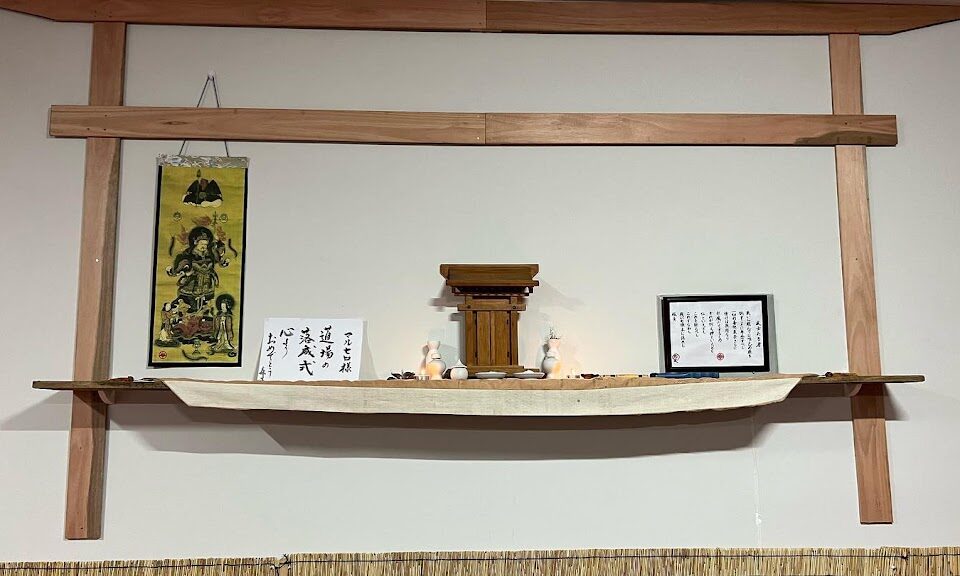Reflections on Men and the Samurais

Túnel do Tempo – 2004
janeiro 8, 2014
Gendai Yoroi – Kachu Bujutsu. 現代 鎧 – 甲冑 武術 (English)
agosto 7, 2017
A young man at work today came all amazed after finding out that I practice the arts of the ancient samurai. He came with a LOT of distorted ideas about what it is to be samurai and what that actually means, telling me everything he read on the internet, especially on the website of a terrible Brazilian school, which is said to spread the “ART OF SAMURAIS” in Brazil. Unfortunately, I had to discourage him.
For starters, I’m not, nor will be samurai. I have not served a family or even lived 260 years ago, which technically keeps me from being a SAMURAI. Bushido (The Way of the Warrior) is BEAUTIFUL in theory, but in practice, the story is very different. First, bushido never existed as a written code, or a set of rules, but it was something of ‘common sense’ among warriors. Moreover, most samurai did not even follow such codes in practice, even to many of them it seemed too stoic. The seppuku (ritual of suicide) was much more a bureaucratic exit, that is, those who committed it could maintain the name and some privileges for the family and was assigned only to the high classes. The rest, if wished, could commit the harakiri (cut in the belly, in direct translation).
Many samurai enjoyed the sex services of a young boy, as they believed that women were taking their energy away and sex between kohai / senpai (senior and junior) strengthened the bond and character between them, as well as tetsu no kokoro (spirit of steel). This sodomite pederasty even had a name, Wakashudo, or the path of youth. When they grew up, the sex ended, because it seemed very inappropriate, because with young boys it was not considered homosexuality and with older was.
After the Sengoku Jidai (Warring States Period 1467-1615), the vast majority of samurai became unemployed and grew enormously the number of ronins (samurai without master, wandering or vagabonds). Some were even responsible for the birth of criminal organizations, some now known as Yakuza.
Moreover, loyalty was something more connected to generous and rewarding Daimyos (fiefdom lords) and unlike the chushingura (the legend of the 47 ronin), the vast majority would not kill themselves if their daimyo were defeated, but rather would integrate the army Opponent or simply, had his head cut off.
The Tokugawa peace period relegated the overwhelming majority of samurai to bureaucratic services and a small minority were still skilled in the martial arts, such as the Yagyu, Araki and Yamamoto families.
The rest, as brilliantly shown in the movie “The Samurai of the Twilight”, walked with the sword so they not to be framed judicially for not carrying it.
Bushido’s maximum period of use was probably during the Sengoku Jidai and after that it became a relatively rare asset. Samurai was a wonderful class, but a realistic point of view makes one understand why so few followed the path, why so few follows it and yet, why so few will follow and understand in the present and the future.
Anyway, samurai was no superman, he was totally fallible and error-prone like all humans, sometimes worse than me and you

